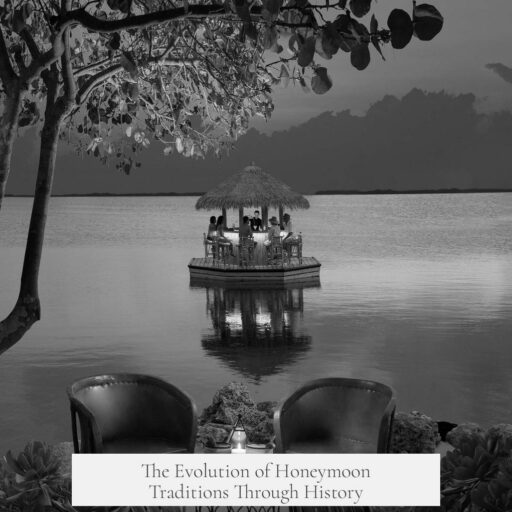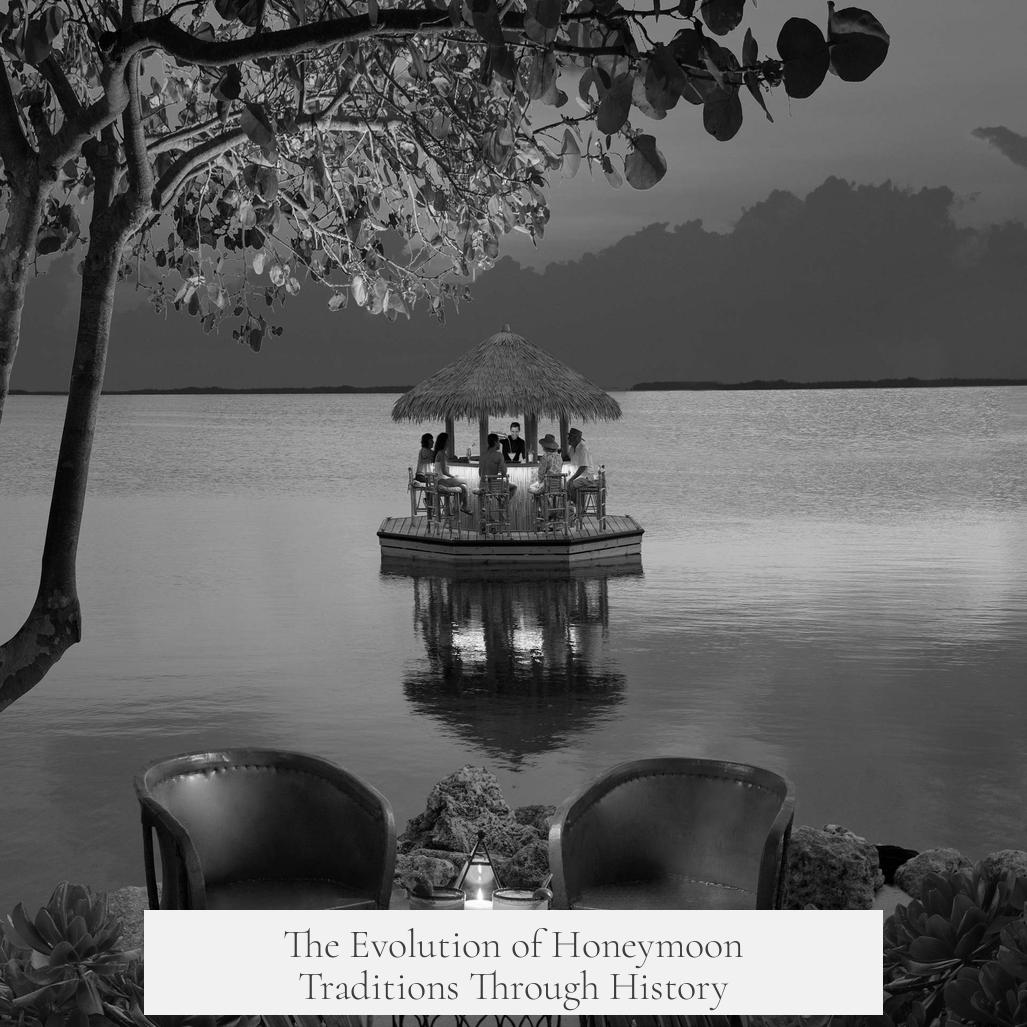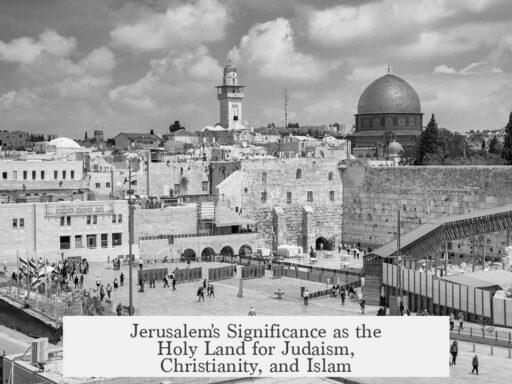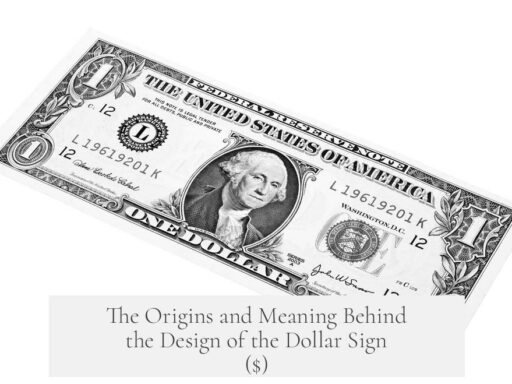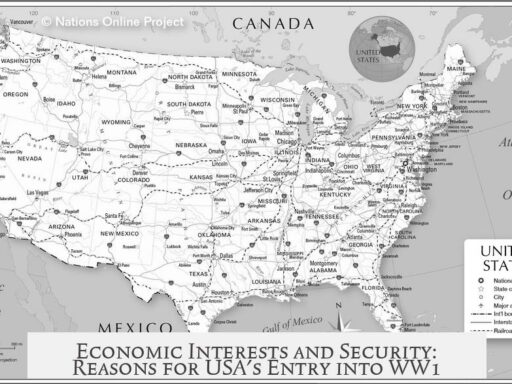The tradition of going on a honeymoon evolves from ancient customs centered on marriage, procreation, and community, transforming over centuries into a private, romantic retreat for newlyweds. Its roots span Norse origins, medieval European rituals, and social shifts driven by rising middle-class values and industrialization.
The word “honeymoon” likely derives from the Norse term “hjunotts-manathr.” Initially, this referred to a period when a man who had abducted a woman to marry her would hide with her until her family accepted the marriage. This phase functioned as a temporary seclusion rather than a leisure getaway.
Another Norse-related origin connects the term to a Northern European custom where newlywed couples drank mead, a honey-based wine, daily for about a month. This “honey month” denoted the first month of marriage, often perceived cynically as the best or sweetest part, implying marital bliss might decline afterward.
Historically, post-wedding rituals across cultures focus heavily on starting a physical relationship to ensure procreation. Many traditions prioritize fertility and community interests over personal romance.
- In 16th century France, peasants gathered around the couple’s bed to perform rituals, including giving the wife a fertility-boosting drink and offering blessings before privacy allowed the couple’s intimacy.
- Marriage historically served as an economic and political alliance. Multiple families pooled resources with the expectation that children would secure labor and heritage. This practical function remained important across social classes and eras.
These early practices show marriage as a communal affair linked to social and economic stability. The couple’s private desires were secondary to larger family and societal goals.
As societies industrialized and materialized, marriage began to shift toward individualism and romance. The rise of a middle class fostered new values emphasizing personal happiness and privacy rather than collective family strategy.
During this period, the honeymoon evolved into a confidential luxury. Couples gained the means to take vacations and the freedom to spend time alone without family oversight. This shift coincided with the modern notion that marriage concerns only the spouses in love.
The tradition’s evolution highlights these influences:
- Transition from communal rituals emphasizing fertility to private ceremonies emphasizing romantic connection.
- Emergence of leisure travel as an affordable luxury for the middle class, allowing for secluded honeymoon trips.
- The gradual fading of earlier practices involving family presence and public blessing after weddings.
Today, honeymoons symbolize a couple’s first days together in an intimate, often distant setting that celebrates their bond. It centers on enjoyment, relaxation, and personal connection rather than purely fulfilling social or economic roles.
| Period/Origin | Custom/Meaning | Purpose |
|---|---|---|
| Norse (Early Medieval) | “Hjunotts-manathr” – hiding after bride abduction; drinking mead for a honey month | Acceptance of marriage; symbolizing initial bliss |
| 16th Century France | Family blessings and fertility rituals around newlyweds’ bed | Promote conception; involve community in marriage |
| Industrial Era & Middle Class Rise | Private vacations for newlyweds away from family | Focus on romance, relaxation, and personal connection |
The honeymoon has changed from a social, community-approved event into a private celebration of love supported by socioeconomic progress. Its transformation reveals evolving cultural ideas about marriage, privacy, and leisure.
- The word “honeymoon” stems from Norse customs involving hiding or drinking mead.
- Early traditions emphasized procreation and community involvement post-marriage.
- Industrialization and middle-class growth shifted the focus to privacy and romance.
- Modern honeymoons reflect personal connection rather than social obligation.
What is the original meaning of the word “honeymoon”?
The word “honeymoon” likely comes from the Norse term “hjunotts-manathr.” It may have referred to a man hiding with his bride after abducting her, while waiting for her family to accept the marriage.
How did drinking mead relate to early honeymoon customs?
In Northern Europe, newlyweds drank mead, a honey wine, daily for about a month. This “honey month” marked the honeymoon and hinted that the sweet start of marriage might fade after that first period.
How did historical post-wedding rituals focus on procreation?
Many cultures saw wedding rituals as a way to ensure the couple started a physical relationship to have children. For example, 16th century French peasants performed blessings and drank fertility drinks before leaving the couple alone.
How did marriage’s economic and political roles influence early honeymoons?
Marriage often combined family resources and secured heirs for labor or political alliances. These practical reasons shaped early post-wedding practices more than romance or privacy.
How did the honeymoon evolve into a romantic tradition?
With industrialization and the rise of the middle class, marriage became focused on love between two people. The honeymoon shifted from a public, practical ritual to a private, romantic vacation.
Why did honeymoons become more private and luxurious?
As marriages became more private and couples gained wealth, honeymoons turned into away-from-home trips. These vacations allowed new couples privacy and rest, reflecting changing social and economic conditions.
